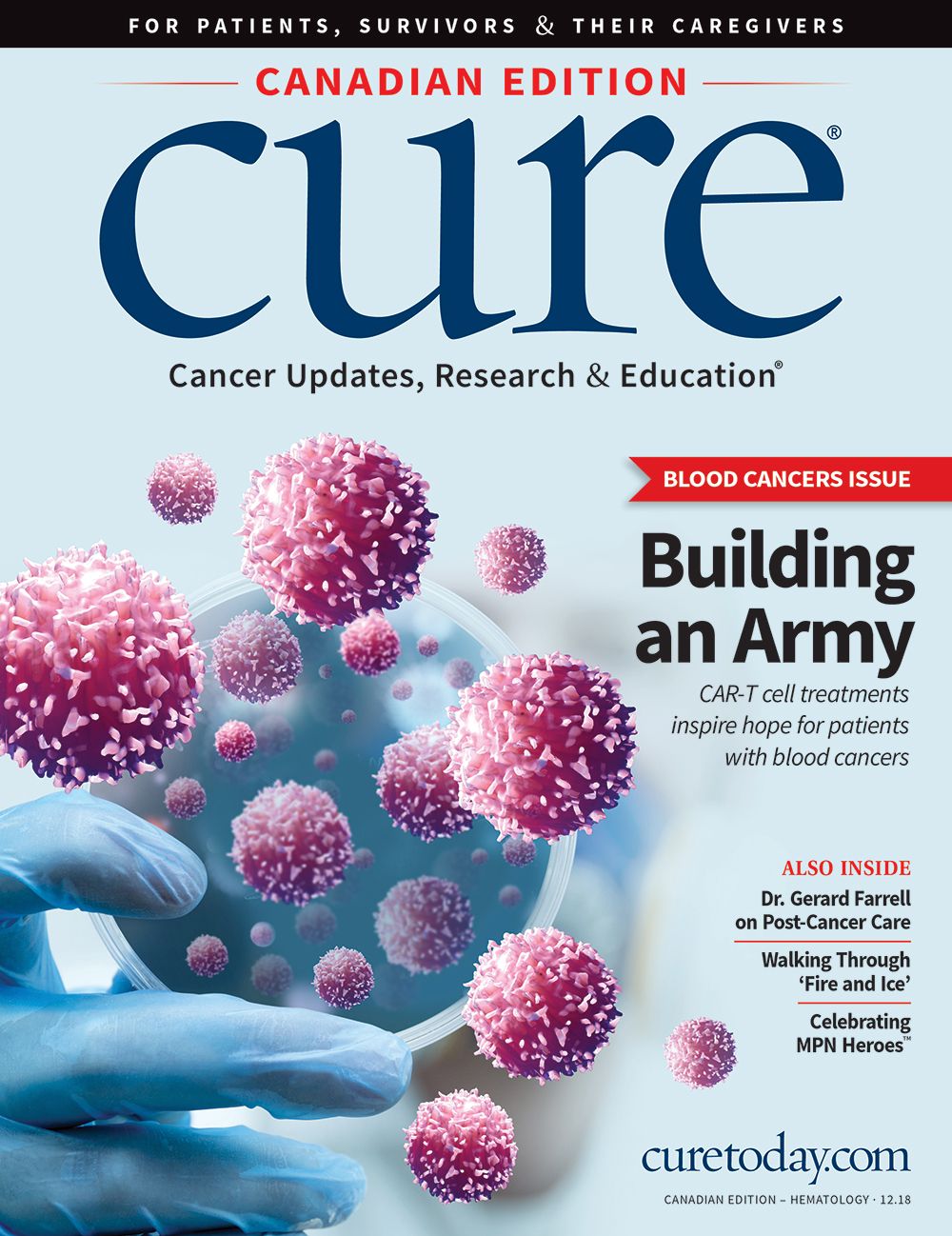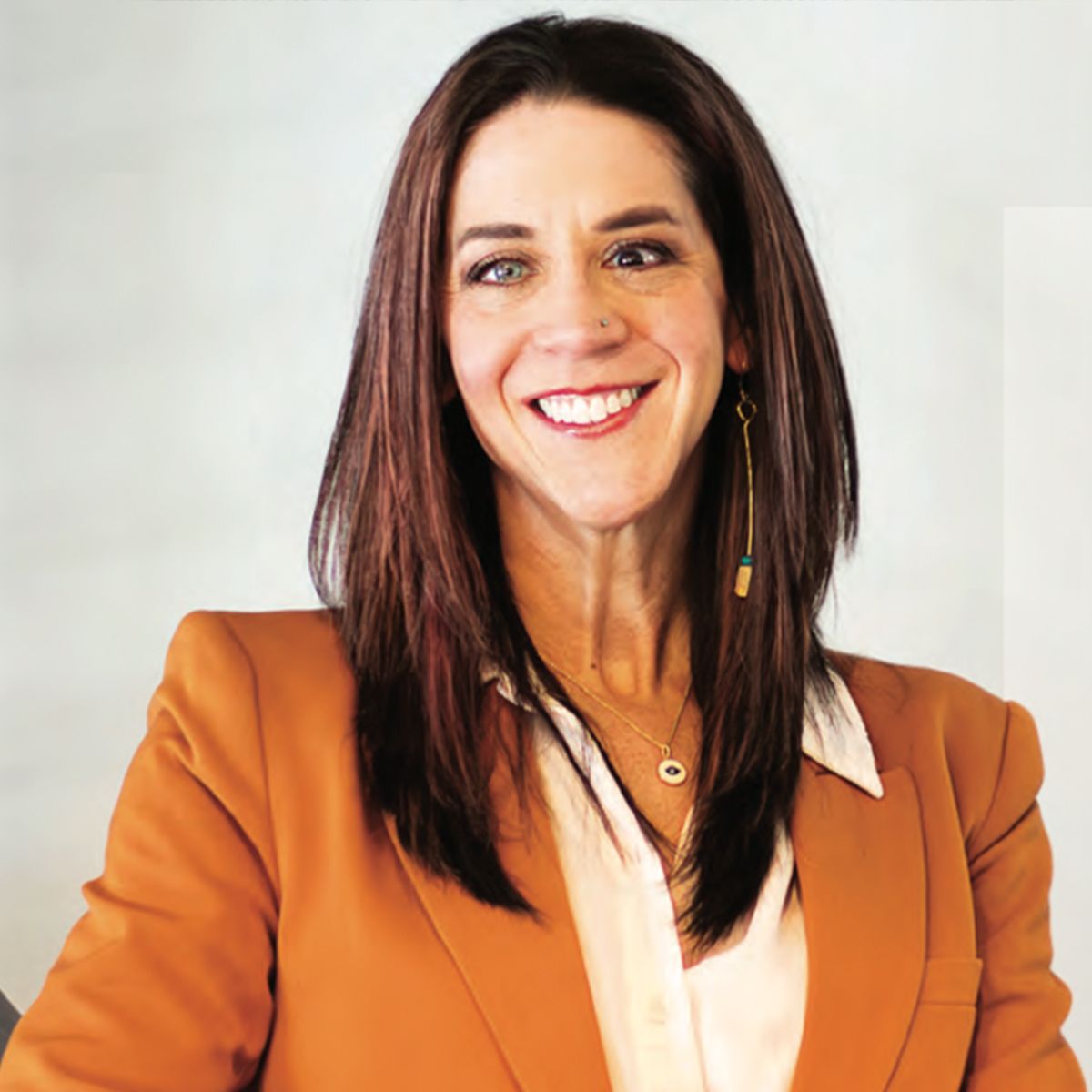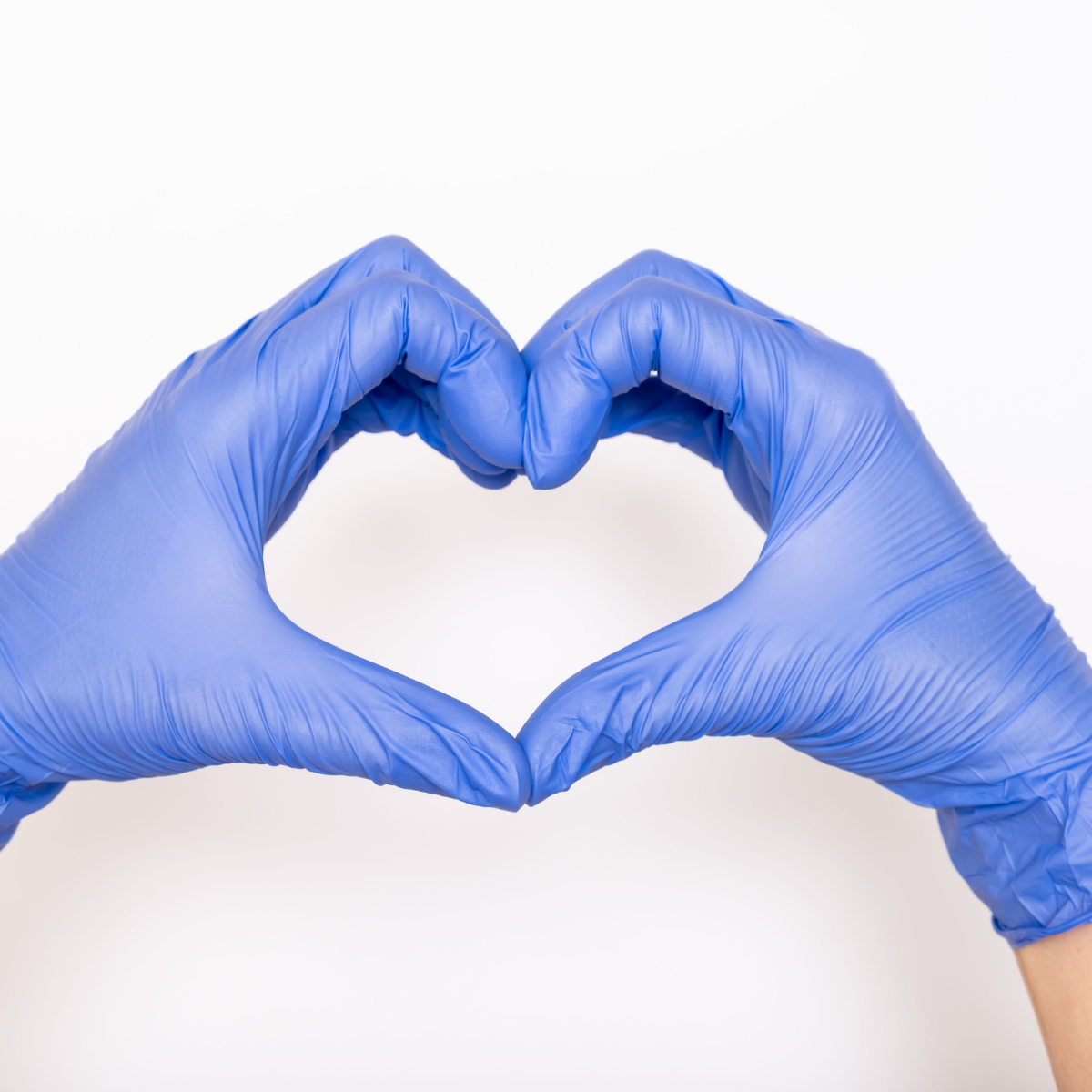Publication
Article
CURE, Canadian Edition
Harnessing the Power of Patients
Author(s):
The Canadian Blood and Marrow Transplant patient group uses community to improve the lives of transplant survivors.
WHEN LINDSAY THOMPSON WAS diagnosed with chronic myelomonocytic leukemia in August 2007, her doctor decided to “watch and wait.” But by Christmas, she was told that the disease had transformed into acute myeloid leukemia and that the best chance for survival was a stem cell transplant (SCT).
“The options were either having a transplant or crossing the days off on the calendar that I had left to live,” says Thompson, who lives in Calgary, Alberta. “But I had kids and I wasn’t ready to give up.”
In March 2008, she received an allogeneic transplant, a process that involves collecting stem cells from a matched donor. Thompson’s match was a man in the United States. Today, she continues to struggle with fatigue and severe graft-versus-hostdisease (GVHD), a potentially serious complication of allogeneic SCTs, in her lungs.
“I knew soon after the transplant that I would never work again,” says Thompson, who was a nurse clinician in pediatric infectious disease. “So when I met my donor, the person who saved my life, I wanted to pay his gift forward by helping others.”
Thompson began working with the Leukemia & Lymphoma Society of Canada in the First Connection program, which connects newly diagnosed patients and their families with a trained volunteer who has had a similar disease experience. Taking about three to five calls a year from people facing a transplant, Thompson wanted to do more. She joined the Canadian Blood and Marrow Transplant Group (CBMTG) to share her experience as a patient.
Founded 25 years ago by the late transplant pioneer Hans Messner, CBMTG began as a professional entity made up of transplant experts from across Canada. With a mandate of education, research and outreach, the group’s mission was to advance transplantation in the country. Now with the professional network intact, the group has set its sights on building a much-needed transplant patient and caregiver community.
“One of the greatest things you can do for someone is to understand their anxieties and concerns,” says Thompson, who cochairs the CBMT patient group. “They need to see that their feelings are legitimate. This is how people move on.”
Kirk Schultz, MD, FCAHS, director of the Michael Cuccione Childhood Cancer Research Program at the British Columbia Children’s Hospital and CBMTG’s director-at-large of research, agrees. He tells a story of when he was invited to speak with patients who had received an SCT in an education session on GVHD. He was both moved and inspired by the stories that were being told of how their struggles did not end after the transplant.
The unique challenges of a transplant make education and support critical to a good outcome, says Schultz. Survival can be bittersweet as patients experience the relief of being free of disease while scrambling to adjust to what is often a lifetime of lingering difficulties.
“There can be long-term health, emotional and financial issues after a transplant,” he says. “What’s worse is that there are inadequate resources available to provide support. This is a very underserved community.”
Schultz, along with other members of the CBMTG board of directors, has already taken steps to create a safe place for people facing a transplant or living in the “after” of a transplant. Facilitated by David Jones, MD, FRCPC, a hematologist from St. John’s, N.L., CBMTG will host a patient-led patient and caregiver symposium at its annual conference in June 2019.
Schultz envisions the patient and caregiver group offering peer-to-peer support and networking, with advocacy coming soon after.
“There are things that I want to start a conversation about, like the fact that governments don’t recognize the need for support for transplant survivors even though many adults can’t go back to work because of severe GVHD,” he says.
Dave Mercer had been a technology consultant for 30 years when he was diagnosed with chronic myelogenous leukemia (CML) in 2010. When drug therapy lost effectiveness, he had an unrelated SCT in 2012.
“Some days, the GVHD seems worse than the leukemia,” he says, describing skin, bowel, liver, eye, ear and mouth issues, including a loss of sense of smell and taste. “I spent so long looking for answers that I never got. I felt so alone.”
The turning point came while attending a patient and caregiver meeting held by the Canadian CML Network in Toronto.
“Talking to others who were experiencing the same challenges and how to manage them took the loneliness away,” he says.
Mercer, who marked the fifth anniversary of his transplant last year by marrying his girlfriend, Sue Martin, is now working with the CML Network and the CBMT patient group to make sure other transplant survivors don’t have to experience the same feelings of isolation.
“Finding a community was a real breakthrough for me,” he says. “Now I want to raise awareness about the challenges of transplants and let others know that there are resources out there to help. There is still so much to be done.” Thompson is up to the challenge. She shares some of the advice she gives to patients who are feeling overwhelmed. “You know that saying, you can’t see the forest for the trees?” she says. “Forget the forest. You have to take one tree at a time.”






